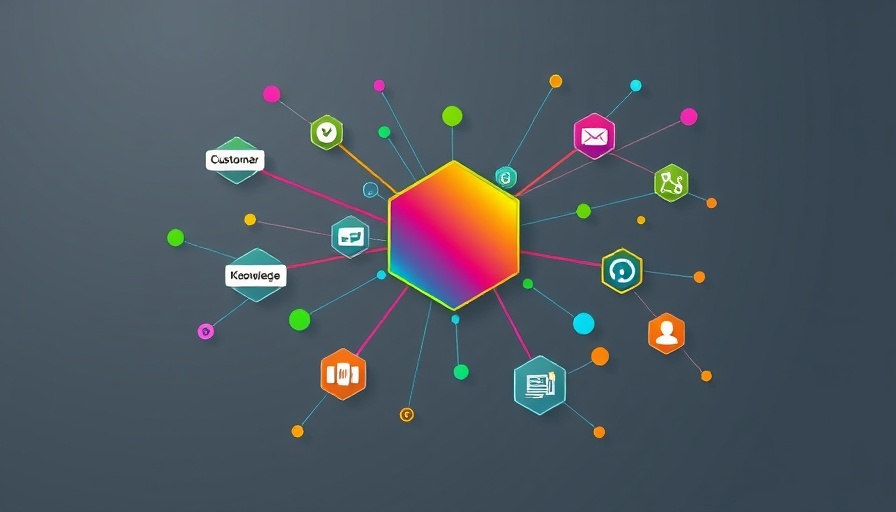
Unlock Insights with Rovo Deep Research
Rovo Deep Research is a game-changer for teams seeking clarity in a fragmented data landscape. Your AI teammate, Rovo, has received an upgrade that empowers it to sift through complex datasets, enabling teams to produce meaningful insights quickly. What does this mean for your organization? It translates to better decision-making, streamlined workflows, and a foundation for sustained competitive advantage.
Why Insights Matter
In any organization, insights are critical. They form the backbone of informed decisions and serve as the catalyst for innovation. However, many teams struggle with fragmented information scattered across multiple platforms like Jira, Confluence, and Slack. Rovo Deep Research addresses this challenge by unifying data from various sources, creating a comprehensive context that enhances decision-making capabilities.
The Power of Connected Data
Powered by the innovative Teamwork Graph, Rovo Deep Research automatically connects information across your entire organization. This holistic approach turns disjointed data into actionable intelligence, making it easier for teams to create research plans that yield valuable insights. By leveraging this feature, teams can adopt an agile mindset, breaking down silos and propelling strategic initiatives forward.
Impact Across Teams
At Atlassian, diverse teams across engineering, marketing, and support have already begun utilizing Rovo Deep Research. Staff report significant time savings and improved focus on strategic tasks. Instead of getting bogged down in data searches, team members can trust Rovo to deliver reliable reports that drive collaboration and effectiveness.
What’s Next for Rovo?
As Rovo continues to enhance its capabilities, an exciting development on the horizon is Web Search integration. This feature will allow users to reference external sources, further enriching the research process. It highlights the ongoing commitment to evolving AI tools that serve the user’s needs and boost organizational agility.
 Add Row
Add Row  Add
Add 




Write A Comment